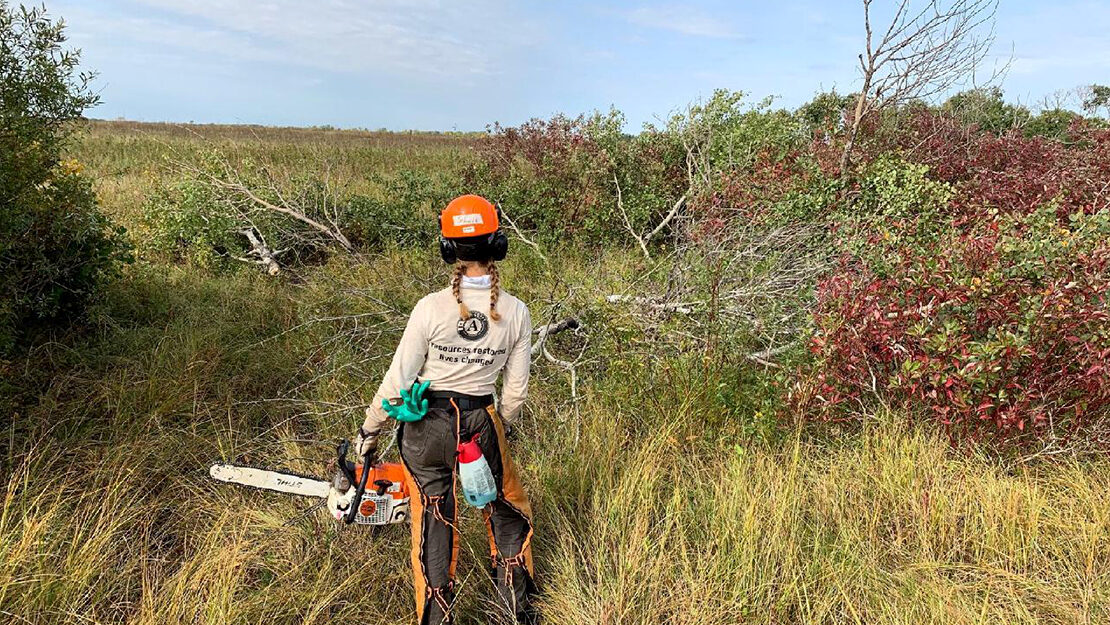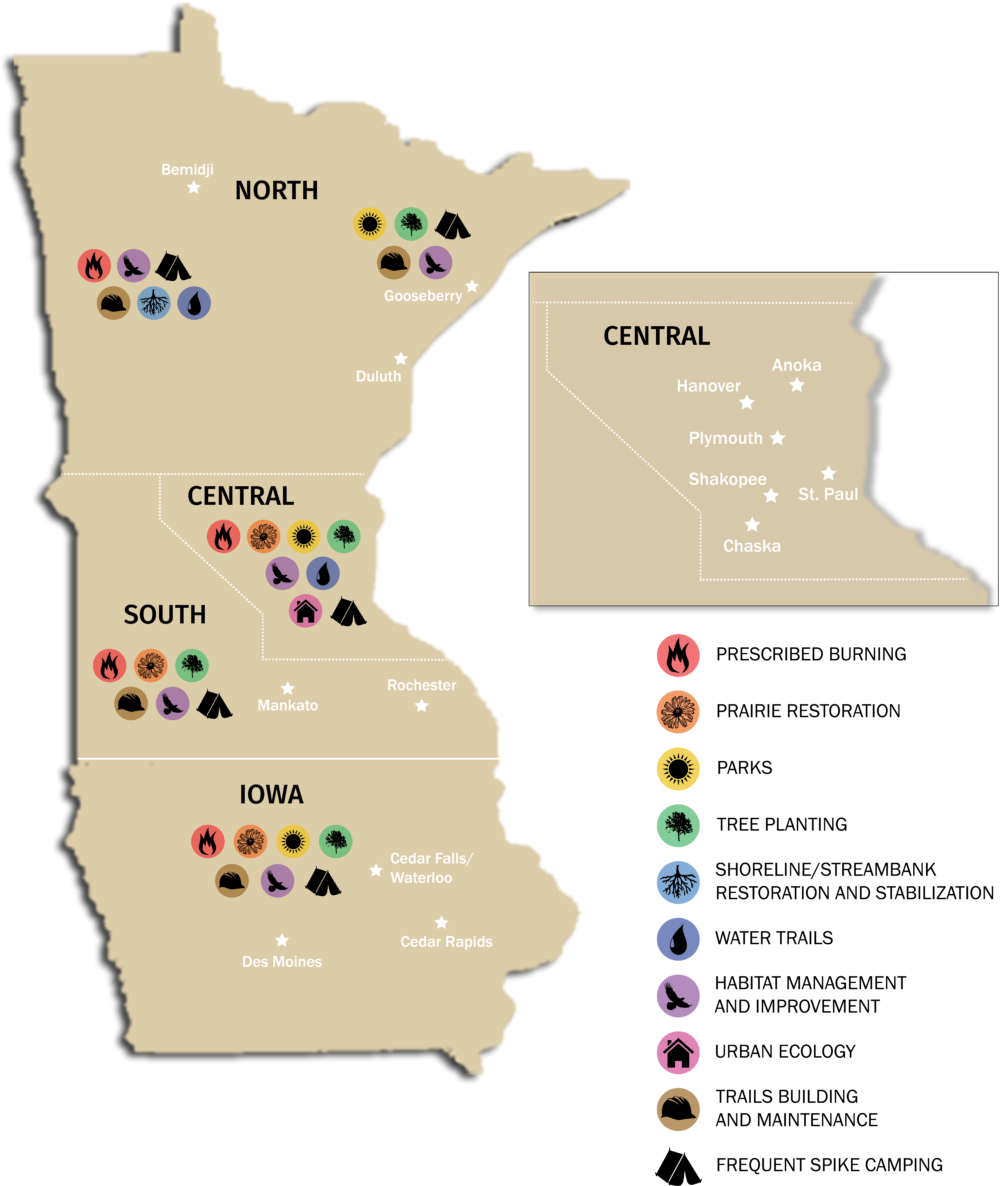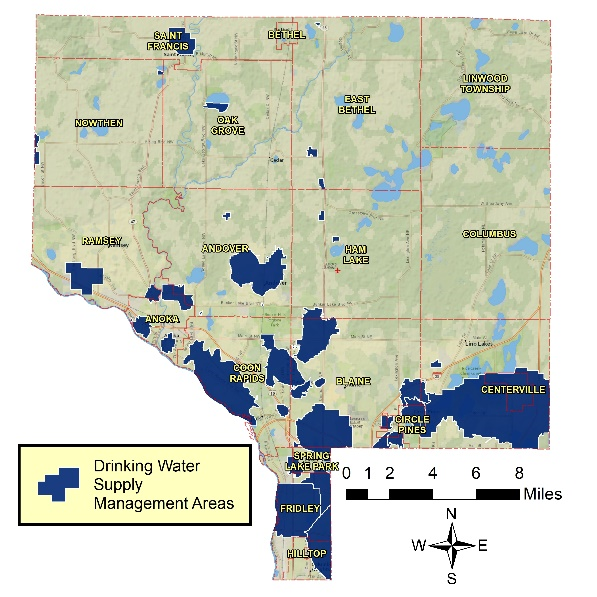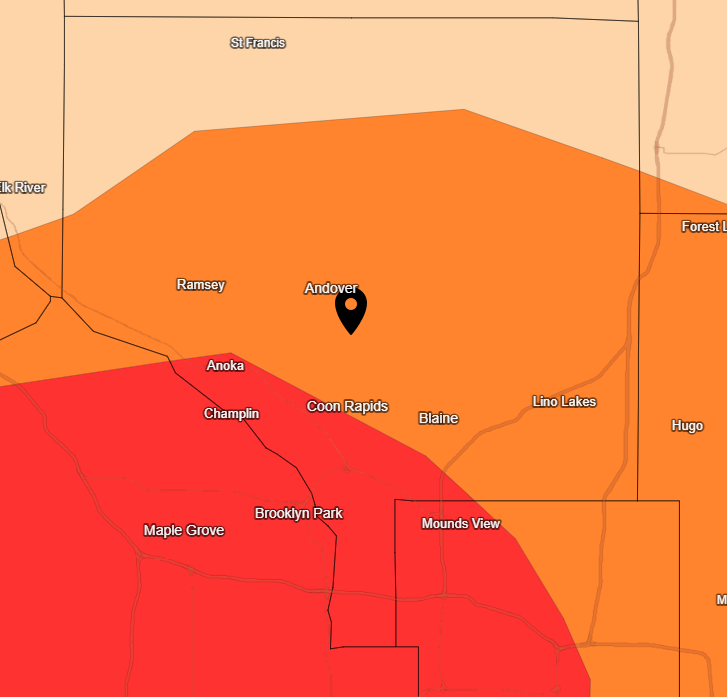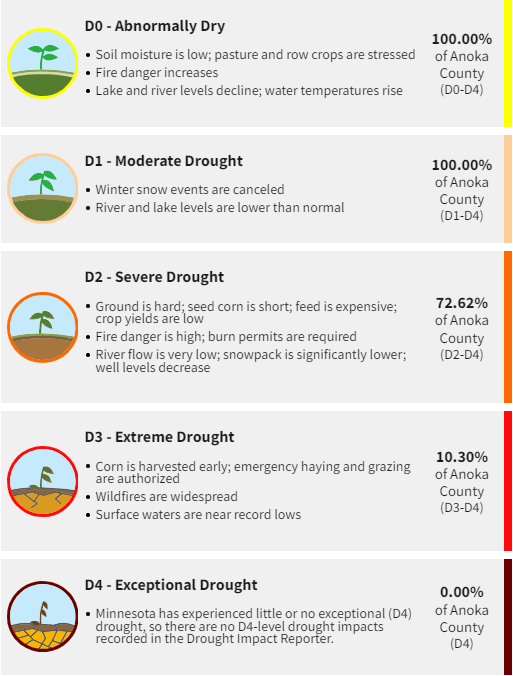The Anoka Conservation District (ACD) has been a long-time partner of Conservation Corps Minnesota & Iowa (CCMI) and this tradition continues in 2023. This year, ACD was awarded 32 CCMI crew days to be used towards implementing streambank stabilization practices along the Rum River in Anoka County. Crews are deployed, a week or more at a time, to a specific project site. ACD will act as the project host to coordinate projects, provide equipment and materials, and utilize ACD's expertise for extensive on-site training and education.
The majority of Corpsmembers are recent college graduates and these field crew positions provide members the opportunity to learn how soil and water conservation districts and other professional organizations operate. ACD strives to provide in-depth training on project installation, project goals, site identification, and touch on other critical aspects of a project. Additionally, extensive time in the field allows ACD staff get to know the Corpsmembers and contribute insight into their professional development and growth within their career path.
CCMI field crews serve the greater outdoors by restoring habitat, managing natural resources, and occasionally responding to natural disasters or emergency needs of a community. The Field Crew program prioritizes personal and professional growth while teaching hands-on conservation skills in the field. Corpsmembers develop technical skills throughout their term while completing challenging and impactful conservation projects. Many projects are performed in partnership with public land management agencies such as the Department of Natural Resources, US Fish & Wildlife Service, National Park Service, cities, counties, and trail associations.
Working in a field crew blends hard work, community service, and environmental stewardship while also gaining additional life-long skills. Corpsmembers often have a transformational experience during their term, leaving them feeling more prepared for whatever comes next.

